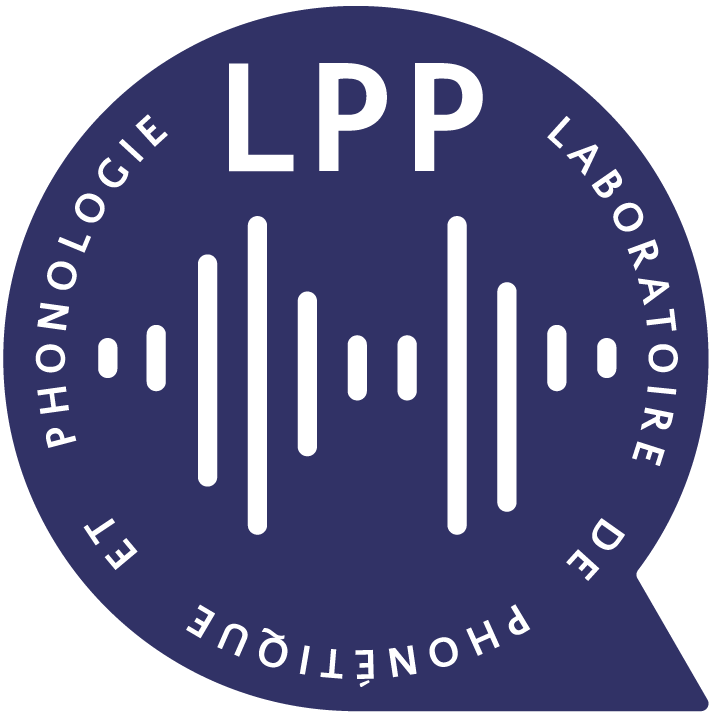In the late 80’s, several physiological studies observed a within-speaker consistency in breathing characteristics at rest across days (shea, 1987) or even years (Benchetrit, 1989). This wihtin-speaker consistency is characterized by breathing cycle patterns such as the duration, the volume of air inspired or the cycle shape, and was also found within activites involving breathing such as a physical effort, but not between contexts such as breathing at rest and breathing during physical activity. Indeed, ventilation can be highly modulated by physical exertion: the breath is increasingly stressed as the muscles’ demand for oxygen increases, the duration of cycles becomes shorter and their amplitude increases. Breathing is also intrinsic to speech: speech lengthens the breathing cycles via the control of exhalation, and shortens the inhalation duration. Speech breathing is a specific way to control ventilation while supporting speech planning and phonation constraints. It is highly variable between speakers but also for the same speaker, depending on utterance properties. Can we yet still observe consistency over time in speakers’ breathing profiles despite these variations? Is this potential speech breathing individuality modulated by limbs motion ? We addressed this question by analyzing the breathing profiles of 25 native speakers of German performing a narrative task on 2 days under different limb movement conditions. The individuality of breathing profiles over conditions and days was assessed by adopting methods used in physiological studies that investigated a ventilatory personality. Our results suggest that speaker-specific breathing profiles in a narrative task are maintained over days and that they stay consistent despite light physical activity. These results are discussed with a focus on better understanding what speech breathing individuality is, how it can be assessed, and the types of research perspectives that this concept opens up.
SRPP: Assessing breathing individuality in the interaction between speech and limbs movement
Hélène Serré (GIPSA-lab, Grenoble)


